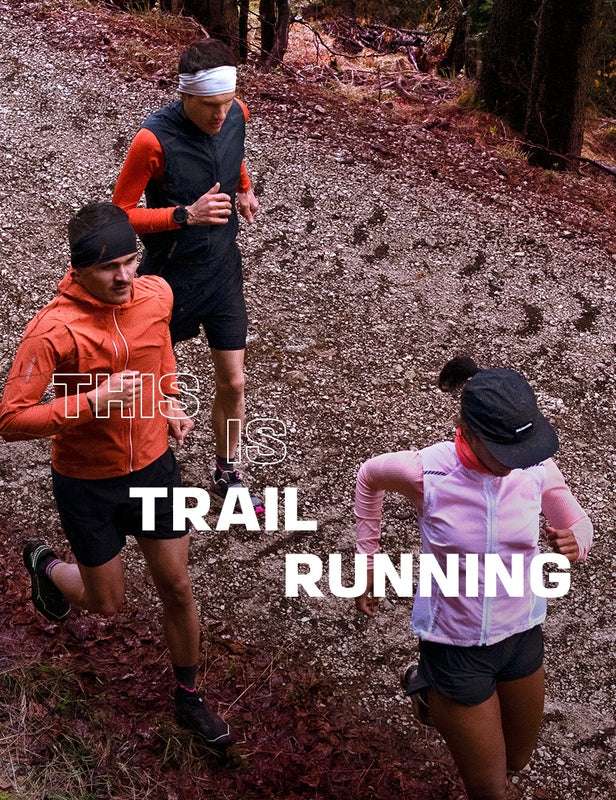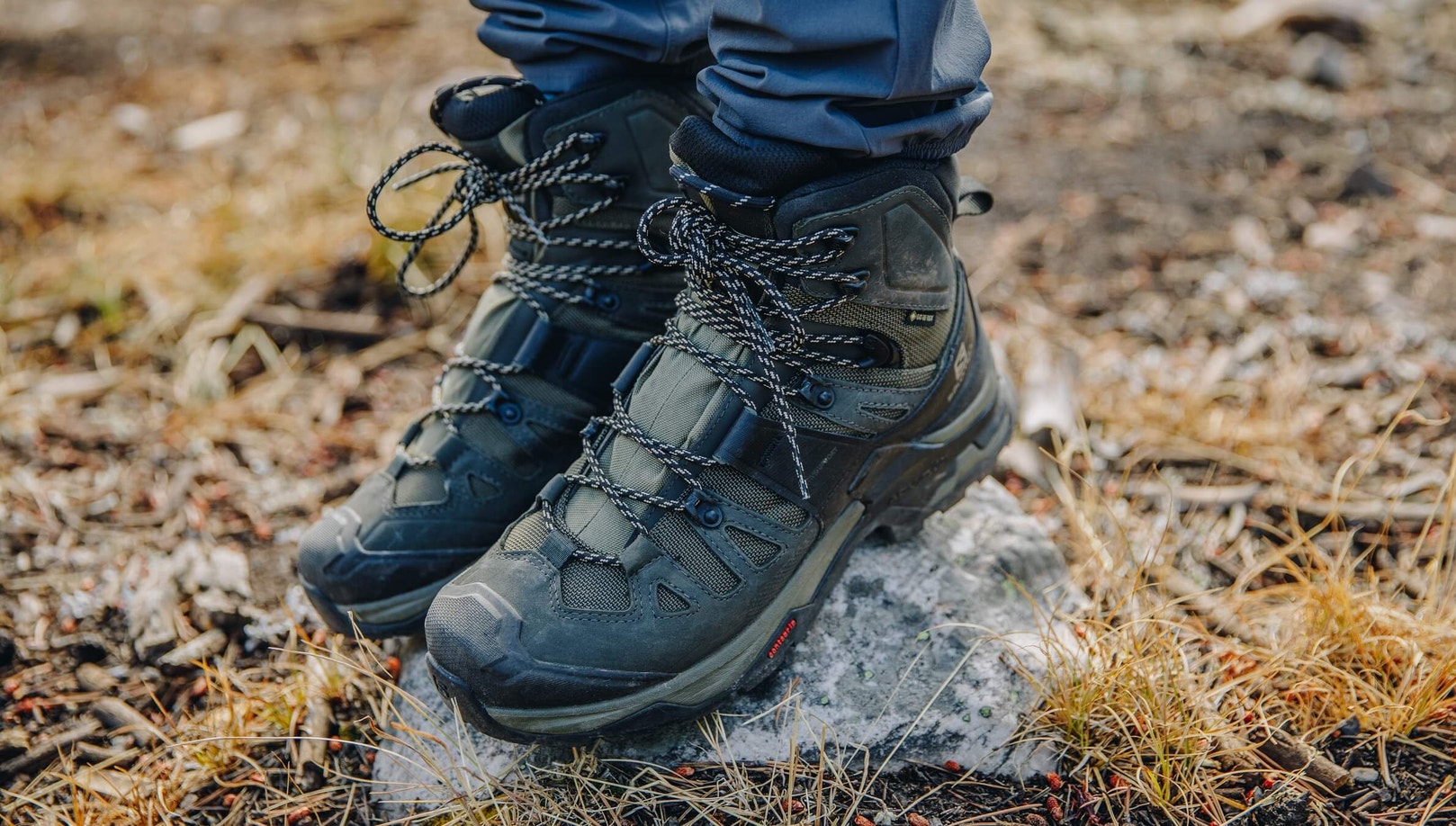Regardless of the difficulty of your hike or trek in the mountains, your backpack is essential equipment. With lightweight, well-organized gear in your pack, you’ll be able to walk comfortably, reduce fatigue and access your gear easily and efficiently.


Therefore, it’s important to:
To properly load and organize your hiking backpack, distribute the load wisely.
- In the bottom of your pack: bulky things that won’t be used during your hike (sleeping bag, extra clothes)
- Against your back: water bladder and other heavy items (stove, cook kit, food stash)
- At the top of the pack: light, fragile items and things that should be easily accessible (jacket, first aid kit)
- In the side pockets or shoulder strap pockets: water bottle or flask and other things you’d like to be easily accessible
- In the hipbelt pockets: energy bars, sunglasses, mobile phone or camera
-
On the outside of the pack: as little as possible (trekking poles, ice axe, and foam sleeping pad only)
Hiking backpacks for women | Hiking backpacks for men
In the bottom of the pack

The bottom of your backpack is a perfect place to carry bulky gear that you won’t be using while you are moving:- Sleeping bag: remember to compress it so that it takes less space and doesn’t throw your load off balance
- A sleeping pad (inflatable or that rolls into a tiny shape)
- Extra layers
- Toiletries
- Possibly a spare pair of comfortable, lightweight shoes or sandals for the evening (for WOMEN | for MEN)
Keep from putting fragile items in the bottom of your pack to avoid breakage or other unpleasant surprises (like squashed bananas).
For more comfort, don’t put heavy or compact gear at the bottom of the pack. If the center of gravity is too low, the weight will tend to pull you off balance, which can cause falls and injuries.
Hiking backpacks for women | Hiking backpacks for men
In the middle of the pack

The middle of your backpack can be divided into two parts:
- The area closest to your back
- The area furthest from your back
As close as possible to your back, load the heaviest objects starting with your water bladder if you use one (it usually slides into a dedicated pocket).
You can then fill the middle of your pack with:
- Food
- Stove and gas
- Kitchen utensils
Be careful with angular objects like cutlery. Position these items so they don’t poke you or puncture your water bladder.
You can then pack other equipment behind it and on the sides like:
- Your tent (vertically if possible)
- Extra clothing
At the top of your pack

As for the top of your pack, go with light, fragile items and other things that you might need quickly:
- First aid kit
- Toilet paper
- Small plastic bag for carrying out your trash
- Insulated jacket, down jacket
- Waterproof jacket or poncho
- Long pants or overpants
- Water filter
- Headlamp
- Waterproof backpack cover if your pack doesn’t have a dedicated pocket
There are exceptions to these rules, for instance, a hiking rope, which might sometimes be used on mountain routes. Even though it’s fairly heavy you should carry it at the top of the pack where it’s easily accessible when you need it. Crampons, stored in a crampon sack to protect your backpack and other gear from their sharp points, can also be carried on top where they will be easily accessible.
In the accessory pockets
Most backpacks are equipped with several specific pockets like side or front pockets, pockets on the hipbelt, shoulder strap pockets, and often a top lid with a pocket on the top and one on the inside.
All these additional pockets are useful for organizing small items that are frequently used when you’re on the move.

Use the pockets on your hipbelt and shoulder straps for things that you want to be able to get to without taking off your pack:
- Energy bars
- Mobile phone, GPS
- Compact camera
- Sunglasses
- Sunscreen
- Water (carried in flasks on the shoulder straps)
The side pockets are easy to access when you put your pack on the ground so in here, we often put:
- Water bottle or flask
- Spare shoes or sandals

The top lid usually features two pockets. The outside pocket easily accommodates fragile and light objects that must be easily accessible:
- Sunglasses (for WOMEN | for MEN)
- Ballcap or beanie (for WOMEN | for MEN)
- Gloves (for WOMEN | for MEN)
- Map
The pocket on the inside of the lid is perfect for things that need to be easily accessible when needed:
- Documents, money
- First aid kit
- Survival blanket
- Headlamp (if you don’t plan on hiking at night)
Hiking backpacks for women | Hiking backpacks for men
On the outside of the pack
For safety reasons, we recommend you carry as little as possible on the outside of your pack. If possible, slide your tent into the main compartment of your backpack rather than attaching it to the outside at the bottom of your pack as we often see. It will be better protected inside your pack, and you won’t lose any of its parts along the way. Plus, it will also be more comfortable because it won’t cause an imbalance or swing around and annoy you while you’re hiking.
Use the elastic loops and straps on the outside of your pack for:
- Your trekking poles when you’re not using them
- An ice axe if you decide to take one
- Your foam sleeping pad if it’s too bulky to slide inside your pack.
Keep in mind that everything on the outside of your pack can be snagged by a branch or a rock and throw you off balance.
The main idea behind properly loading your backpack is to balance and distribute your gear as evenly as possible. A well-organized pack also means you’ll spend less time looking for things. And finally, protecting the gear inside your pack well to make sure nothing gets wrecked.
If you want your backpack to last you a long time, take good care of it and clean it after your hike or trek if it needs it. Click here to find an article with our advice on how to clean your backpack.



